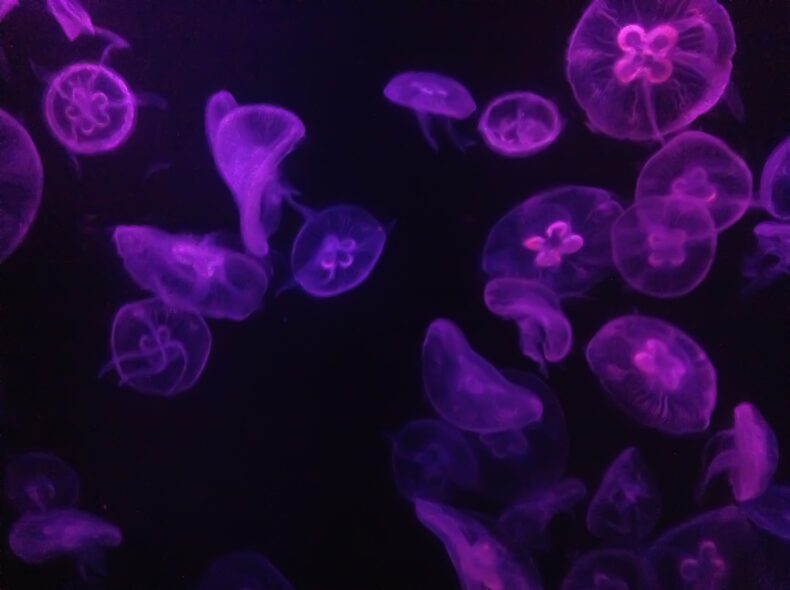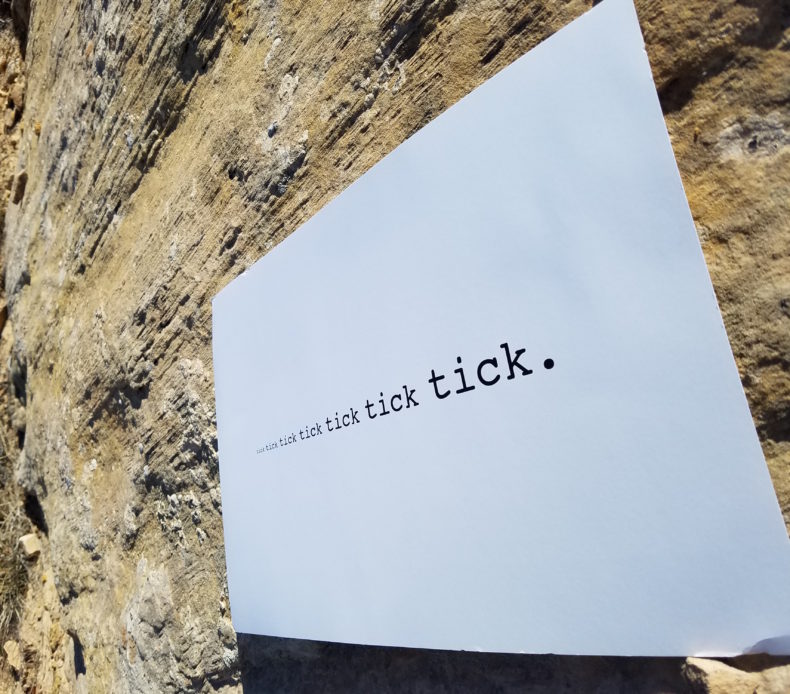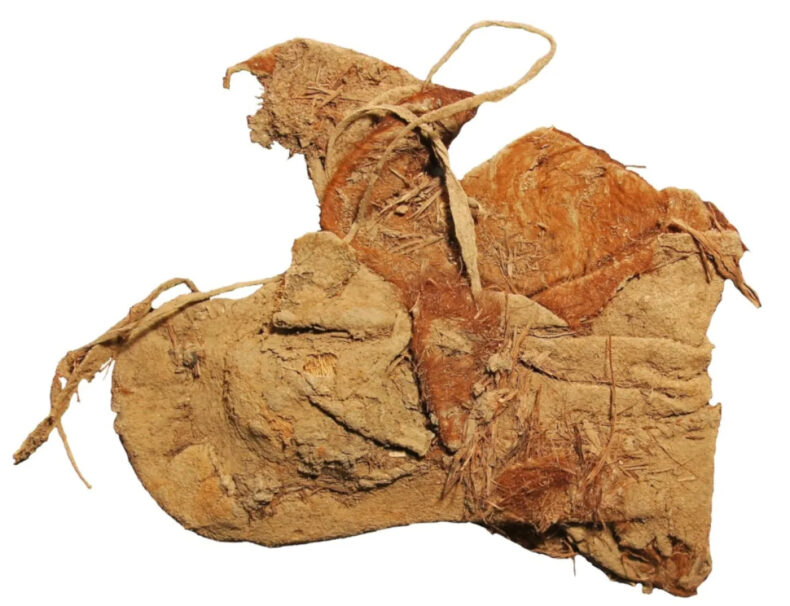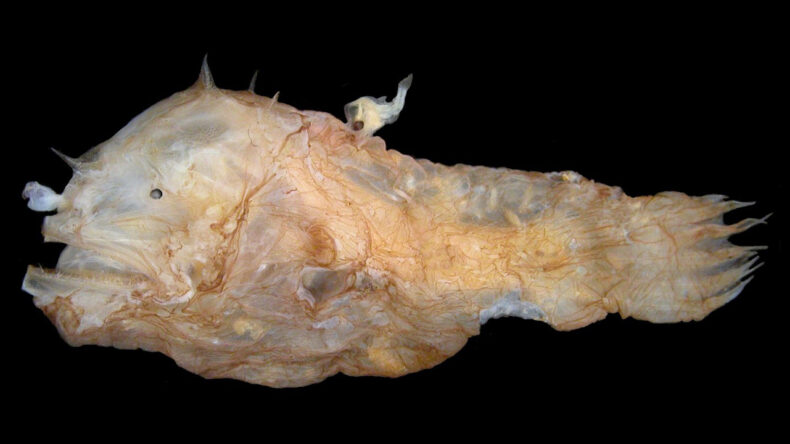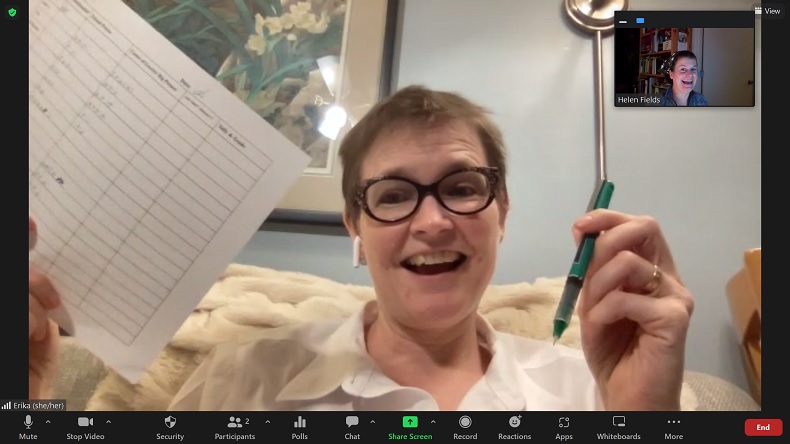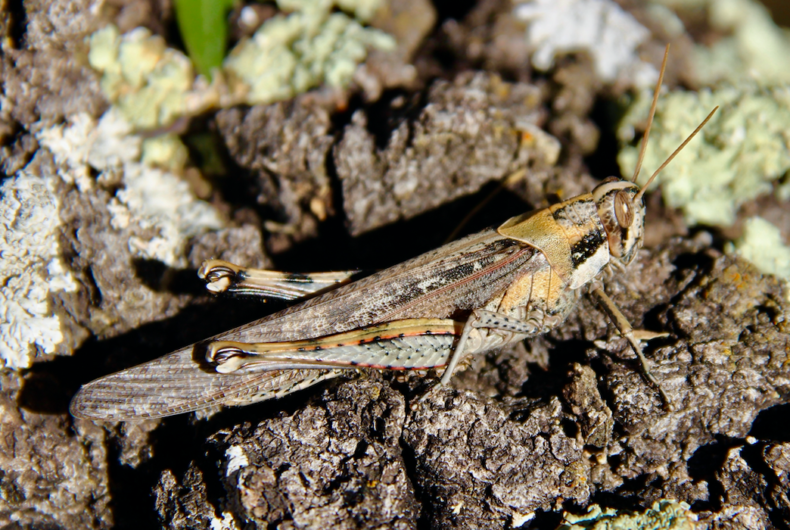
Finally, we’re nearing the year’s end — a time to rest, reset, and reflect. Even the apps on my phone are eager to review my year, feeding my own data back to me: Strava tells me how many miles I’ve biked, Reddit shows me the number of posts I’ve read, and Spotify feeds me a nonsensical noun pile to describe the music I tend to listen to in the morning (if anyone can tell me which artists comprise “gothic happycore film noir,” please comment below).
That inspired me to spend a half hour compiling a personal 2022 review. I started by tallying professional achievements: the number of pieces I wrote and edited, the events I spoke at, awards and recognition. Then I thought about obvious personal highlights: the places I visited, the concerts I went to, the books I read, the new hobbies I picked up. What a fun and easy way to feel like stuff happened this year, that I did things!
The most difficult part of the process, but perhaps most important, was recalling the less tangible or exciting moments that have taken up my time over the last year — the instances that were essential to my year, but that the outside world will never celebrate.
Continue reading